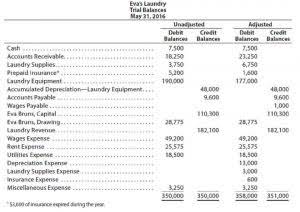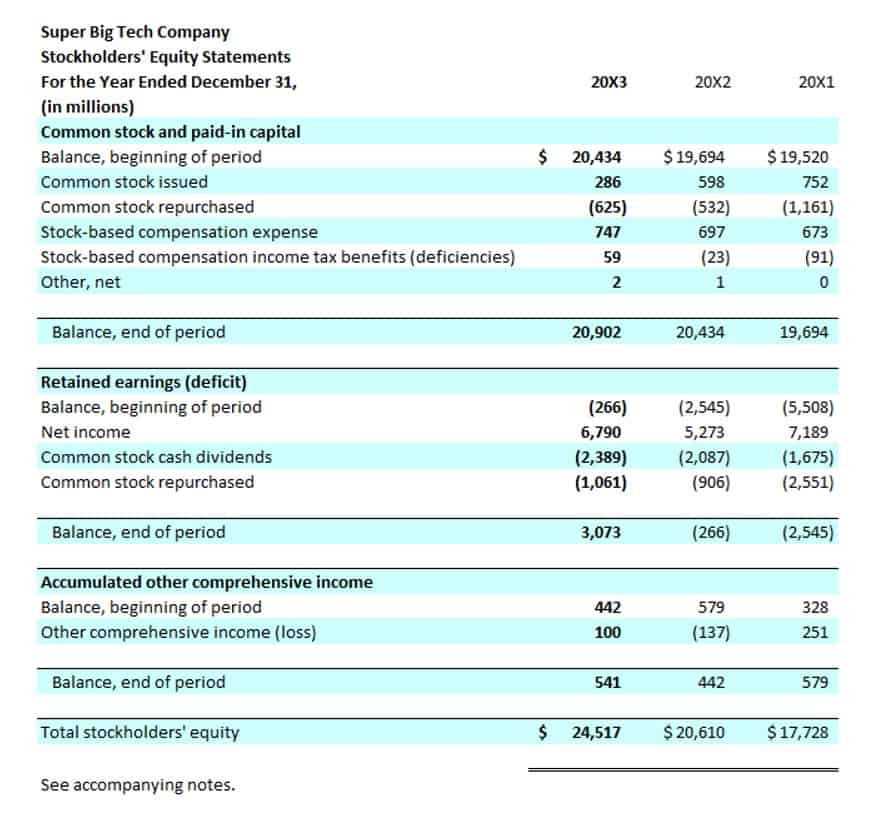
A company only records the actual amount of Depreciation taken each accounting period. This is because the amount of Depreciation taken in previous accounting periods was less than that allowed for in the accounts, thus creating a future expense when compared to the original cost. Subsequent to debiting accumulated depreciation, the asset account itself is credited for the original historical cost. Continuing with the previous example, a credit entry of $50,000 would be made to the machinery account, which corresponds to the asset’s historical cost. This credit reflects the disposal of the asset and serves to balance the debit made to the accumulated depreciation, effectively reducing the asset’s book value to zero. It Law Firm Accounts Receivable Management is a crucial step in ensuring that the asset’s removal is accurately depicted in the financial records.

What Is the Meaning Behind Fixed Assets Disposal?
- ➕ In other words, if the difference between the sale price and the net book value of the fixed asset disposal is positive, the company has obtained an asset gain.
- If, on the other hand, the disposal of fixed assets account shows a credit balance, this denotes a gain or profit on the sale of the fixed asset.
- 👉 It generates revenue from the sale, which can then be reinvested in the business.
- This type of asset has a useful life of more than one accounting period (usually many years) and must be valued at the end of each accounting period.
- Most fixed non-current assets depreciate over time and need to be accounted for when recording the disposal of a non-current asset.
- Find out how this alternative financing method works, with its many advantages.
Writing-off a fixed asset involves removing the asset from the financial how to record the disposal of assets books due to it no longer being useful or having any recoverable value. Because of the conservatism concept in accounting, any realized loss on a trade-in must be recognized in the accounting records. We’ll assume UBS acquired 5 Broadgate in 2015 at a cost of £500m with an estimated useful life of 100 years and a residual value of £300m.
Related AccountingTools Courses
For example, if the asset’s value has fully depreciated or the company does not need the asset even if it is in decent working order. A key benefit of deposing an asset is freeing up cash that the company can use in different business areas. When an asset is sold for less than its Net Book Value, we have a loss on the sale of the asset.
#1 – Compute The Depreciation Amount
The assets of the company must be reduced by the amount of the fixed asset that has been sold. The fixed assets disposal is defined as the removal of a fixed asset from the assets of a company. At the time of the trade-in, the old delivery truck has a historical cost of $40,000 and accumulated depreciation to date cf $30,000 (book value equals $10,000). On the disposal of an asset with zero net book value and zero salvage value, no gain or loss is recognized because both the cash proceeds and carrying amounts are zero. If an asset reaches the end of its life or is no longer used, recording the disposal of the asset is important in making sure your accounting records are up to date. In this case, it might be better to revalue the Fixed Assets to show their new market values at the end of the period.
A perfectly depreciated machine can be considered obsolete and without little value in the production tool of the company. Essentially, the NAV represents the current value of the asset after accounting for depreciation, reflecting its remaining worth at any specific point in time. As a result, a loss of $2,000 ($10,000 book value less $8,000 trade-in allowance) is both realized and recognized. Because the trade-in allowance is only $8,000, a cash payment of $57,000 also must be made by the Jackson Company.

The equipment cost and the related accumulated depreciation are removed from balance sheet in the process of disposal and the gain is reported in income statement. The gain on disposal is a non-cash item which is subtracted from net income in the indirect method of preparation of cash bookkeeping flows from operating activities. Hence, the amount transferred to the disposal of fixed assets account is the accumulated depreciation at the end of the previous accounting period. Assets should be removed from the accounting records when an asset has been disposed of. For example, it may be sold to a third party, given to an employee, or thrown in the trash.
- From an accounting perspective, it is essential to meticulously record all changes in the company’s assets that occur due to the disposal process.
- We may earn a commission when you click on a link or make a purchase through the links on our site.
- Our work has been directly cited by organizations including Entrepreneur, Business Insider, Investopedia, Forbes, CNBC, and many others.
- When payments on the note receivable are received, interest income will be recognized, but not any additional gain on the sale.
- Fixed assets designate assets that form part of the company’s assets and which are intended to remain there in the medium or long term.
- After five years, the building is fully depreciated with a residual value of $0.
Furthermore the account is used to hold all gains, losses, and write offs of fixed assets as they are disposed of. Additionally the account is sometimes called the disposal account, gains/losses on disposal account, or sales of assets account. If the disposal of fixed assets results in a gain or loss, we credit Gain on Sale of Fixed Assets or debit Loss on Sale of Fixed Assets. The gain or loss is the difference between the sales price of the assets less the book value of the fixed asset. Book value is the original cost of the asset less accumulated depreciation. When a company removes a long-term asset from its accounts it’s called disposal, and has impacts on gains on disposals and accumulated depreciation.
#1 Remove the Asset from the Books
This can be a highly material transaction, so knowing how it works and how’s it recorded is useful for financial professionals. If the asset is sold for cash, the cash or bank account is debited and the disposal of fixed assets account is credited with the amount actually received on the sale of the asset. The disposal of an asset can have significant tax consequences for a business, as the gain or loss realized on the transaction may be subject to corporate income tax. Tax authorities require businesses to report the financial outcomes of asset disposals, which can alter the company’s taxable income for the year. For example, a gain on the sale of an asset increases taxable income, potentially raising the company’s tax liability.
- On the Process Status page, the following processes will be queued for asset disposal.
- Companies can utilize double declining method to identify how the value of an asset depreciates with time.
- Also, the disposal of fixed assets account is credited with the agreed value of the item.
- The disposal of an asset can have significant tax consequences for a business, as the gain or loss realized on the transaction may be subject to corporate income tax.
- These disclosures are often reviewed in conjunction with the company’s accounting policies to ensure consistency and transparency in financial reporting.
AccountingTools

AssetAccountant, our best fixed asset management software, can compute depreciation using multiple methods and generate fixed asset disposal entries that can be imported to QuickBooks, Xero, and Sage Intacct. The Accumulated Depreciation account contains all the life-to-date depreciation of an asset and appears on the balance sheet as an offset to the Fixed Assets account. When an asset is disposed of, all of the assets’ accumulated depreciation must be removed from the Accumulated Depreciation account with a debit entry. There are four accounts (discussed below) affected when writing off a fixed asset at disposal. When you write something off the books, accounts with normal debit balances are credited and accounts with normal credit balances are debited. If the carrying amount of a fixed asset at the date of disposal is equal to the sale proceeds from disposal, there is neither gain nor loss.

أحدث التعليقات